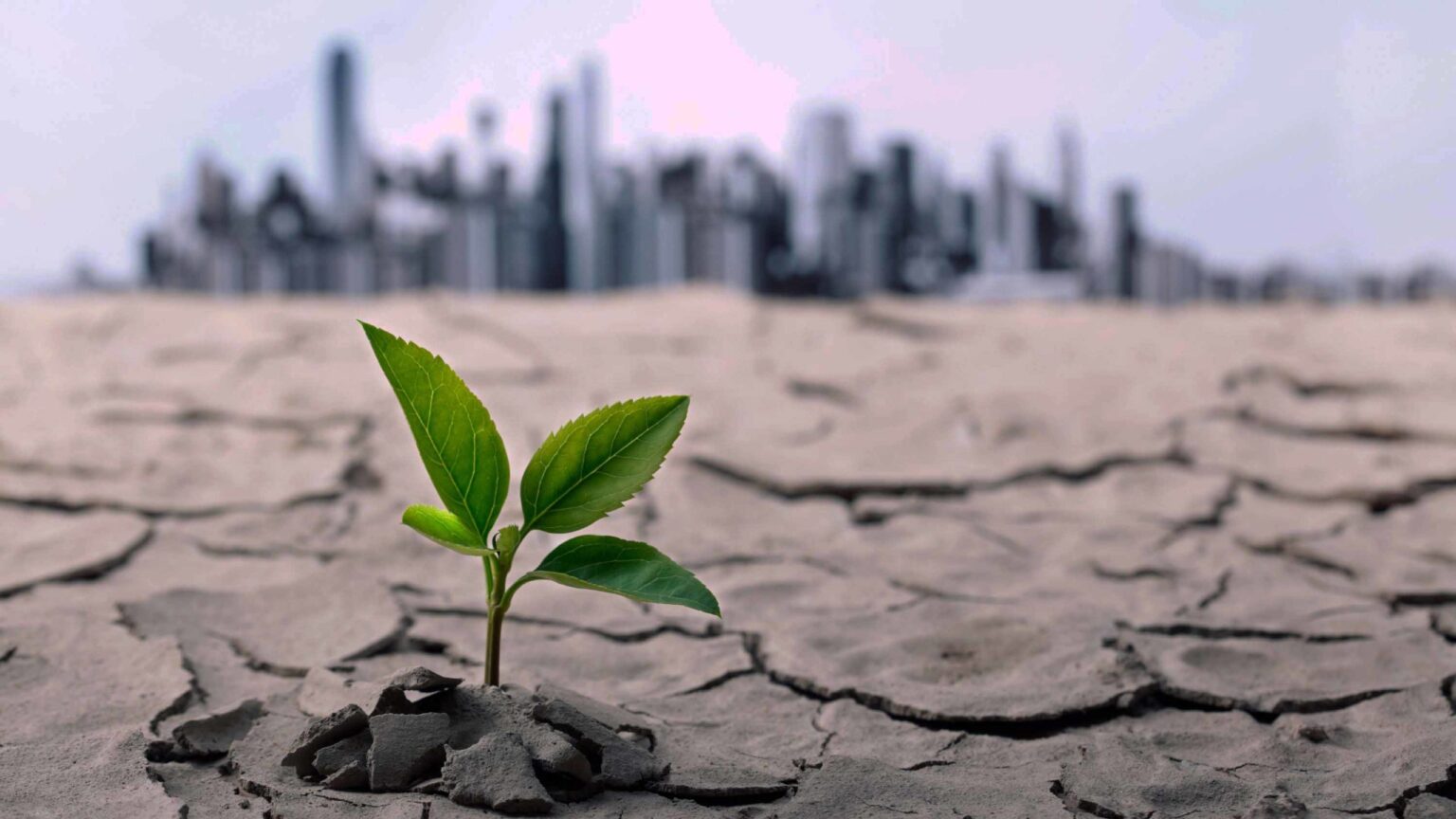In Short : Companies are leveraging artificial intelligence (AI) to address global warming by implementing innovative solutions. AI is used for climate modeling, energy optimization, and resource management. From predictive analytics to smart grids, these technologies contribute to more sustainable practices, helping businesses reduce their carbon footprint and make informed decisions to combat climate change.
In Detail : From detecting fires to looking for lithium, many companies that are working on climate solutions are embracing artificial intelligence as a tool.
ROB SCHMITZ, HOST:
All sorts of companies and researchers have embraced artificial intelligence, and that includes people working on climate solutions. Julia Simon from NPR’s Climate Desk is with us to explain how AI is being used to tackle global warming. So, Julia, climate change means more wildfires, and I understand some companies and researchers think AI can help with that.
JULIA SIMON, BYLINE: Yeah. I spoke with Carsten Brinkschulte. His company, Dryad, is based in Berlin, where you’re based, Rob.
SCHMITZ: Yes.
SIMON: He’s working on what he calls an electronic nose for fires.
SCHMITZ: OK, electronic nose – that sounds interesting. Tell me more.
SIMON: So, one thing to help stop megafires is detecting them early – right? – when it’s in the early smoldering stage. So Brinkschulte is installing these electronic noses – basically, sensors – in the forest.
CARSTEN BRINKSCHULTE: And like the nose, we can actually smell fires. We can smell the organic material burning.
SIMON: So the sensors pick up on the gases of the fire, and this is where AI comes in. Brinkschulte’s company trains AI in the sensor to distinguish between normal smells in a forest and the smell of a forest on fire.
SCHMITZ: Wow.
SIMON: He says using smell to detect fires can be better than, say, using satellite imagery because by the time a satellite can spot a fire, it can be too late. And detecting fires early means it’s a lot easier to fight the fire.
SCHMITZ: So how do they know if these electronic noses are working?
SIMON: Yeah, it’s early days. They have 50 sensor installations around the world. Brinkschulte says last month in Lebanon, though, the sensors detected a fire really quickly.
BRINKSCHULTE: The sensors reacted within 30 minutes, so they prevented a potential fire spread.
SCHMITZ: Wow, that’s really quick. So what’s another way that AI can help in climate solutions?
SIMON: From solar panels to electric vehicles, many climate solutions require minerals – think lithium, copper, cobalt. The world needs a lot more of these minerals than our current supplies. The question is where to find them. And this is where companies and governments are using AI to help. They’re using AI to sift through big datasets to better identify what places around the world have potential for mining these minerals because exploring for minerals – it’s really expensive. These mining companies are finding that using AI can save a lot of time and money.
SCHMITZ: OK. So I understand that you have also one more use of AI to tackle climate change.
SIMON: I do. It involves methane, which is this really potent planet-heating pollution typically from oil and gas fields, landfills, agriculture. Antoine Halff is chief analyst at Kayrros. It’s a climate analytics firm. He says, for years, people knew methane emissions were rising in the atmosphere, but…
ANTOINE HALFF: We had no idea where methane was coming from. We had an understanding of the climate risk, but there was no understanding of the sources and, therefore, very limited scope for action.
SIMON: Then they started using AI to interpret huge troves of satellite data. They now track on a daily basis where the big leaks and other releases of methane are coming from. Kayrros’ AI-fueled data – it’s being used by the United Nations to verify if companies’ reports on methane emissions are accurate.
SCHMITZ: NPR’s Julia Simon. Thanks so much.
SIMON: Thank you.

